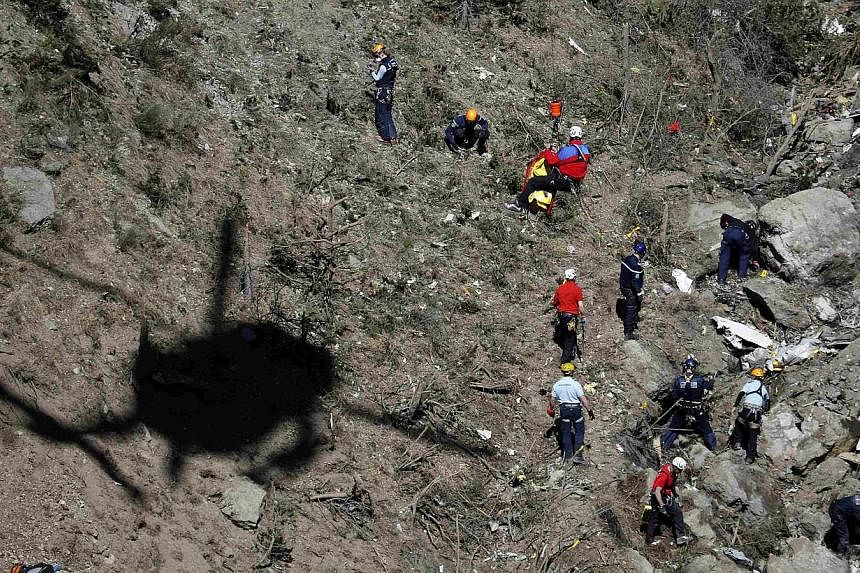Cockpit security is under scrutiny once again after it was revealed that the co-pilot of Germanwings flight 9525 may have deliberately crashed the plane after locking the pilot out of the cockpit.
Questions have been raised over how the pilot could have been locked out of the cockpit and what are airlines' cockpit protocols.
Cockpit security systems are supposed to allow a pilot the ability to access the cockpit but access can be deliberately denied from within the cockpit, according to BBC's News Magazine.
Cockpit doors on an Airbus plane have three modes that are operated from the pilots' seats: unlock, normal, lock. In the event that the pilot in the cockpit is incapacitated, there is a touchpad outside the cockpit that will allow cabin crew who know the code to enter, said the report.
In the "normal" mode, the cockpit is locked but can be accessed - after a 30-second delay - by touchpad should the cabin crew get no response from the cockpit.
"Unlocked" mode is what a pilot would use to open the door for a colleague returning to the cockpit.
In "locked" mode, the locking mechanism ignores the touchpad entry code and remains locked for five minutes and this function can be repeated, said the report.
This function would be used to prevent hijackers who have managed to get hold of the touchpad code from cabin crew from entering the cockpit, according to the report.
Some planes may also have a screen to tell the pilots who is outside the cockpit door, said the BBC report.
If a pilot is unable to access the cockpit, it suggests that his colleague has denied entry, said the report.
There is also the question of how many people must be in the cockpit at any one time. Protocols differ among airlines and countries. In the US, a flight attendant is supposed to remain in the cockpit with a pilot if one pilot leaves briefly for food or to go to the toilet, USA Today reported.
The Airline Pilots Association issued a statement saying that "every airline in the United States has procedures designed to ensure that there is never a situation where a pilot is left alone in the cockpit."
Canada on Thursday ordered all its airlines to always have two people in the cockpit, in an emergency directive the government said was mandatory and effective immediately, Agence France-Presse (AFP) reported.
"If you're carrying passengers, this is going to apply to you," Canada's Transportation Minister Lisa Raitt said. "You have to have two crew members in the flight deck at all times."
In Europe, any other airlines that follow suit will do so voluntarily because European air safety regulations - unlike those in the US and now Canada - are currently silent on the subject, according to AFP.
"The European Aviation Safety Agency rules don't require that the pilot be replaced by a crew member when he leaves the cockpit," said an agency spokesman.
Pilots, however, are expected to stay at the controls, except for trips to the bathroom or a break during long-haul flights.
"Nothing prevents a company from putting in place its own procedure that is tougher than the regulations," said Frode Lenning, an official at Norway's civil aviation authority.
Following the Germanwings crash, British low-cost carrier easyJet announced a change in policy and mandated a two-crew member cockpit rule. Similar announcements were also made by Icelandair and Norwegian Air Shuttle.
Lufthansa said the measure would be discussed at an industry meeting on Friday.

